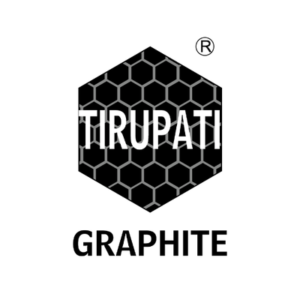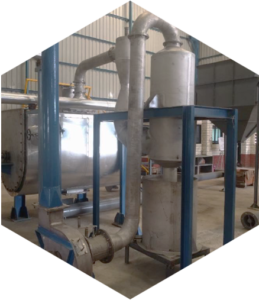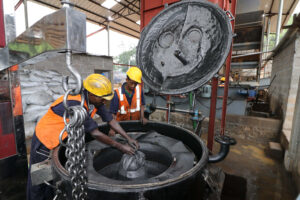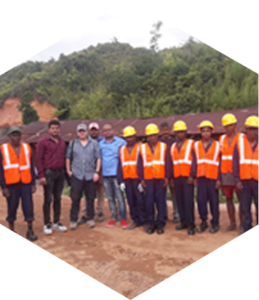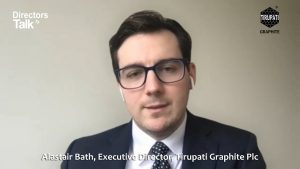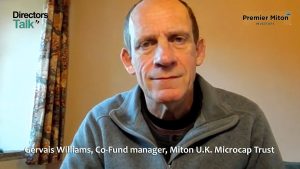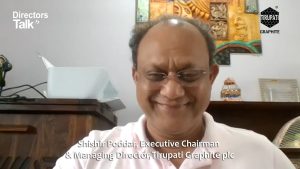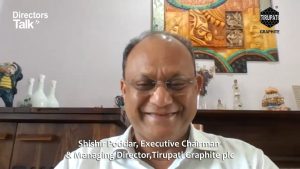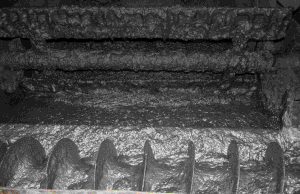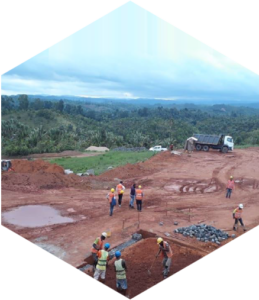Tirupati Graphite PLC (LON:TGR) is a fully integrated specialist graphite and graphene producer, with operations in Madagascar and India. It was incorporated in London, on the 26 April 2017 as a public company with a vision of developing a world-leading benchmark flake graphite company.

As of March 2023 the Company has established a globally significant production capacity of 30,000tpa of Natural Flake Graphite in Madagascar, with plans to develop further across its Madagascar projects and its recently acquired projects in Mozambique.
FLAKE GRAPHITE MINING, MADAGASCAR
LOCATIONAL AND LOGISTICS BENEFITS
The projects have excellent infrastructure in place, with the national highway NH2 connecting them to main port Tamatave and capital city Antananarivo. This port, which is 70 km away, is well connected with multiple shipping lines operating regularly and shipping worldwide. The company also has a warehouse at the port. Madagascar is also very well located on the globe with proximity to all consuming centers – Europe, USA, and Asia.
Madagascar has a stable jurisdiction and policy for the mining and processing industry. Graphite mining started in Madagascar in 1907 and the product is known to be of exceptional quality. It has a conducive and welcoming investment atmosphere. Madagascar’s mining code also provides tenement security and 100% foreign ownership. Tirupati and its highly experienced in-country team enjoy high repute, goodwill, and support from the Madagascar government and the local people. The company was allocated a prime office by the Government in the Mining Business Centre, as a grand investor. Our projects are both fully permitted with environment clearance granted and a 40 years renewable mining permit covering a total permit area of 33 km2. The company has good engagement and relations with the local communities in which it operates and operates a community development programme.
The Company plans to expand modularly, which will reduce project risks substantially, allowing Tirupati to systematically develop markets and support early revenue generation.
Tirupati has decades of proven operational expertise spanning across design, technology, engineering, processing and marketing. We design and manufacture most of the processing equipment in-house, tailor-made for graphite processing. All these strengths and a cost-conscious approach makes Tirupati a very low CAPEX and OPEX producer.
The company is on schedule for these developments, details of which can be found on the individual pages of each project
SPECIALTY GRAPHITE PROJECT, INDIA
Using in-house developed environment-friendly processes, providing solutions to customers as per their requirements.
- Patalganga Project established – 1200 TPA non-halogen flame retardant expandable graphite processing facility, substantially de-risks larger capacities
- High Purity Graphite – Zero-HydroFluoric acid, a non-heat intensive, unique environment-friendly process developed and tested at pilot scale
- Samples of high purity graphite approved by multiple customers.
- Patalganga shall be expanded to produce all specialty products, catering to the demand of TG’s downstream products and multiple other factors.
- Led by a team of experts who have developed processes and successfully operated in this industry for decades.
- Feasibility study completed for Specialty Graphite Project
Held under Tirupati Specialty Graphite (P) Ltd., an Indian Company, this project is focused on developing downstream graphite products used in hi-tech applications like lithium-ion batteries, fire retardants, composites etc. Flake Graphite from primary sources like the Madagascar projects of the Company requires further processing for such applications like purification to high purity flake graphite, intercalation to manufacture expandable graphite, micronized and shaped graphite. As a precursor to the comprehensive project, a small 1200TPA pilot scale operation for the manufacture of fire retardants has now started operations.
Integrated plant for purification, intercalation, micronisation and spheroidisation to be developed in two phases to a final capacity of throughput 20,000TPA
TECHNOLOGY CENTRE, INDIA
Producing the wonder material – Graphene, using flake graphite – a unique process developed and established at kg scale.
Developing applications in various industries, like in polymer composites, metal composites, electrodes, coatings etc.
The center has multiple arms of which GRACE and MINMET are the major ones. The center is designed to be self-sufficient and also carry out research for graphite and graphene applications and products.
MINMET
Developing unconventional, cost-effective and sustainable mineral processing technology starting from exploration to production
- Technology to utilize lean and low-grade mineral economically
- Industry focused scheme with ongoing skill development
- Excellence in process evaluation, assessment and optimization of implementation of research results in the industry.
GRACE
A center of excellence for graphene and specialty graphite production and research
- Application based research for graphite and graphene to new age composites – applications development
- Low-cost manufacture of high quality reduced graphene oxide (RGO) and graphene oxide (GO) from natural graphite – 10 kg/day of graphene
- Materials for improved batteries and energy storage devices in coordination with industry
- Excelling in the intercalated application of expandable graphite
- Technology backbone and producers of graphite and graphene products – foils, conductive polymers, capacitors, space and aviation industry, etc. meeting all customer requirements.
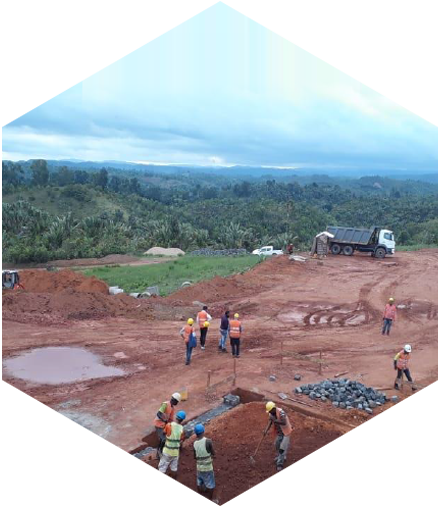
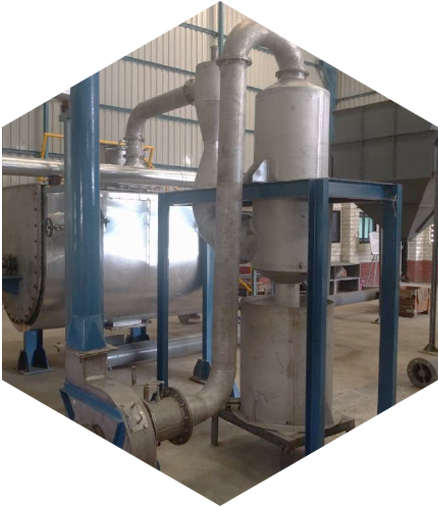
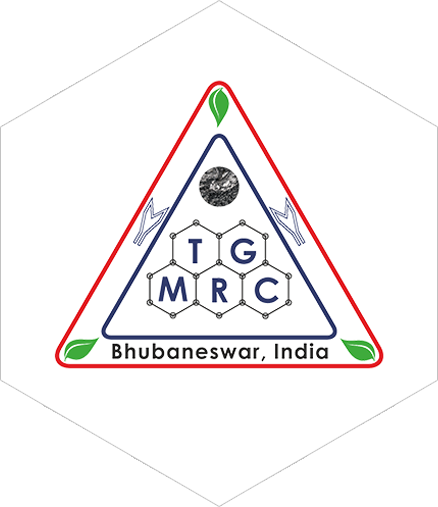
Below you will find the 5 day trade history, latest news, interviews and Tirupati Graphite share price.

